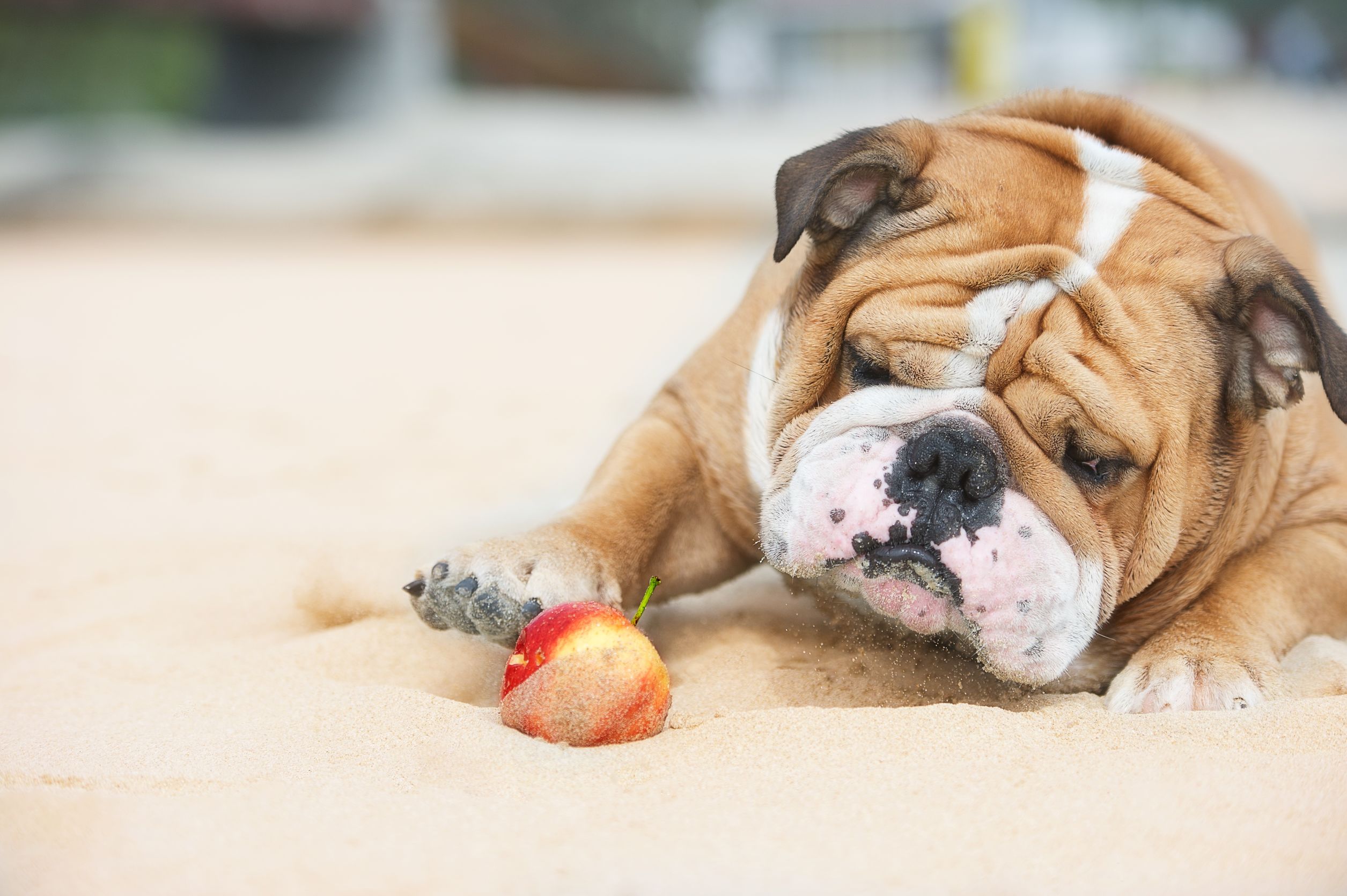Canine News You Can Use
5 Things You Should Know About Positive Reinforcement

Most likely you have heard of the term “positive reinforcement.” In some cases, it is used only as marketing jargon, and in many cases, it brings “give your dog a treat” to mind. In training your dog, though, it should have a clear and consistent meaning. Let’s take a look…
First, the term “positive” in dog training does not indicate something that is good, happy, cheerful, or a host of other feeling wonderful adjectives. It simply means that something is being added. Think about your days in math class: positive numbers are sometimes designated with a plus sign (+), and negative numbers are designated with a minus sign (-). You probably never thought to yourself, “Wow, +7 is so much better than that nasty -7.” Good or bad is irrelevant as far as positive relates to math, and the same is true for the term positive in dog training.
Second, when you "reinforce" something, you make it stronger. When using reinforcement in dog training, you are making a behavior stronger (or getting more of the behavior). You want to reinforce desirable behaviors and proper responses to commands to get more of them.
Third, when you put them together you get “positive reinforcement,” or something (in this case, desirable or pleasant) added to increase/strengthen a behavior. As mentioned previously, giving food or treats is probably the most recognizable method of positive reinforcement. But positive reinforcement can also include, praise, play, toys, and touch. A recent Emory University study (2016) indicated that dogs the majority of dogs they had tested preferred praise to food, and actually more so in some cases. The International Business Times article is linked here: Dogs Prefer Owners' Praise If you are interested in the actual study (put your science hat on for this one!), you can find it here: Emory University Study
Fourth, the behavior that you are trying to increase is "marked." Just as we would mark an unwanted behavior with a firm, “No,” we would mark desired behavior with a different word. It can be “Good,” or “Yes,” or “Good boy/girl,” or “Bananas.” Well, maybe not bananas. Whatever you use, you will need to use it very consistently. Whereas it is very easy roll a “No” off of your tongue time after time, it may not be the same for your positive reinforcement marker. This is why a clicker is sometimes used to mark a desired behavior. A click is a click is a click for as long is the clicker is working.
Fifth, timing is everything when delivering the reward. There is a delay between the marker and the reward. Do not reward before the marker or at the same time, and vary the duration of the delay. This may come naturally to you, or it may take some practice. When your dog does something right, the immediate reaction is to praise or treat, and generally make a big fuss over the success. You can count “one thousand-one, one thousand-two” in your head, after the marker and before the reward, to make sure the sequence is correct (the marker is first, and is clearly separated from the reward).
Positive reinforcement is an essential part of your dog’s training program, but remember it is used to increase or strengthen a behavior. You will not be able to use positive reinforcement as the means to keep Rover from jumping up and knocking grandma over at the front door. See my previous blog post, “Do you punish your dog?"
So, keep these five things in mind when you are training your dog. Positive reinforcement is a powerful tool to increase a desired behavior. The photo below shows my assistant trainer, Fiona, carrying a laundry basket. When she helps with the laundry by carrying an empty laundry basket, she gets rewarded with a treat. It can actually take several minutes before the reward is delivered. Even with the time delay, does this reinforce the behavior? Well, if an empty laundry basket is somewhere within her reach, anywhere in the house, she will bring it to us. And FYI, she has her own Facebook page, as she participates in the H.A.B.I.T. (Human Animal Bond in Tennessee) Ruff Reading Program at local elementary schools. You can follow her at Fiona the Therapy Dog. Yep, that's a shameless plug for Fiona :-)

Do you have comments or questions? Let us know on Facebook: 5 Things You Should Know About Positive Reinforcement
Automatically get notified of our blog updates and other stuff by signing up here: Subscribe Now (as a special bonus, you will also receive access to the “Wait Command Video” and a downloadable poster)
Breaking Through Barriers, Transforming Lives...
Jeff
